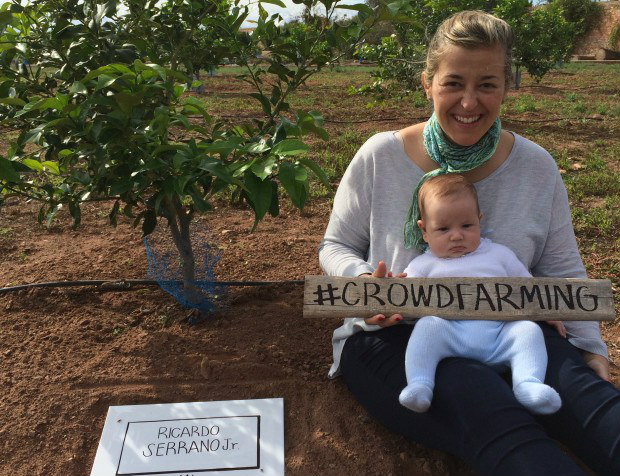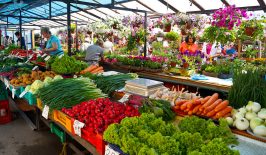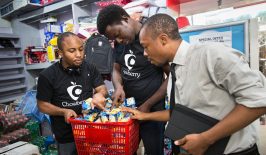Crowdfarming is an online platform that promotes direct contact between farmers and food lovers. Log on to adopt your own personal tree, beehive, vine, plant, or even sheep and receive their produce when harvest comes around.
The idea for Crowdfarming originally came from a crowdfunded IndieGoGo project, established by Valencia orange farmers in Spain from the farm Naranjas del Carmen. The family that run the farm were fed up of the lack of transparency around food distribution and growing, and also the low prices that they were receiving from the big supermarkets – so they set out to revolutionise and simplify the supply chain, creating a direct link between farmer and food lover, and turning mere “consumers” into so-called “crowdfarmers”.
To become a crowdfarmer, all you need to do is log onto the site, pick the beehive, tree, plant or sheep that you are interested in “adopting”, and specify how much produce you would like to receive. When harvest rolls around, aou then receive the oranges, nuts, honey, etc directly to your doorstep. This video shows the process step by step:
As well as letting people know more about where their food comes from and how it was produced, by setting up orders in advance through the site, farmers are able to plan their harvest better, cultivate just as much as they need to sell, and reduce waste. And for people living in big cities, the idea of having your own tree somewhere, your own little piece of nature, is a pretty nice feeling too.
What can you buy and where from?
Currently, the site offers 12 different products, from merino wool to pomegranates and almonds. Taking the almonds as an example, consumers are able to support the farm “Almendras Chirlata” in Granada in Spain. A firm connection is made to your farmer, as with all products, featuring a story, photos, and videos of the farmers involved, including how they established their farm, and what kind of farming practices they use.
Adopting one tree of almonds will deliver around 2kg of product to your door, depending on your location, for around 40-60 EUR. In Germany, the price for a small box was 44 EUR. A big box to a German address would cost around 80 EUR – for 2kg of normal almonds, 1kg of peeled almonds, and a 600g bag of crushed almonds for making almond milk, or for baking.
By comparison, a quick search of other online organic almond shops show a similar price of around 25 EUR per kilogram.
Is there a catch?
Not a catch exactly, but with a system that operates with natural cycles and seasons, there is of course a wait involved. Agriculture is slow (kind of the opposite of the internet, where we expect everything to happen immediately and everything we order to be with us as quickly as possible) and adopting a tree involves waiting for the season to start, for the tree to produce fruit, and then for the final product to be boxed and shipped.
That means a purchase today involves waiting until December 2019, a good 13 months, to receive your order. Buying products closer to their harvest time results in a much faster return, of course. For example, an order of clementines could be made as late as mid-November this year for delivery in December, which would have made for a tasty Christmas.
The website also lets you give your tree, beehive, vine, plant or sheep a name. It won’t affect your final product, but hey, it’s fun to give your tree a name. “Stumpy” might be a little discouraging, so put that name in the maybe pile.
Probably the best product on Crowdfarming, in your correspondent’s mind, is honey. Now it’s only seasonally available and wasn’t available at the time of writing, but I’m a bee enthusiast and supporting beekeepers and knowing the origins of honey makes a lot of sense to me.
And maybe that’s the killer product from Crowdfarming. It’s nice to get some good quality oranges from a tree you’ve adopted, but it’s amazingly valuable to get finer products such as almonds or real honey from an organic farm that you have a personal connection to.






